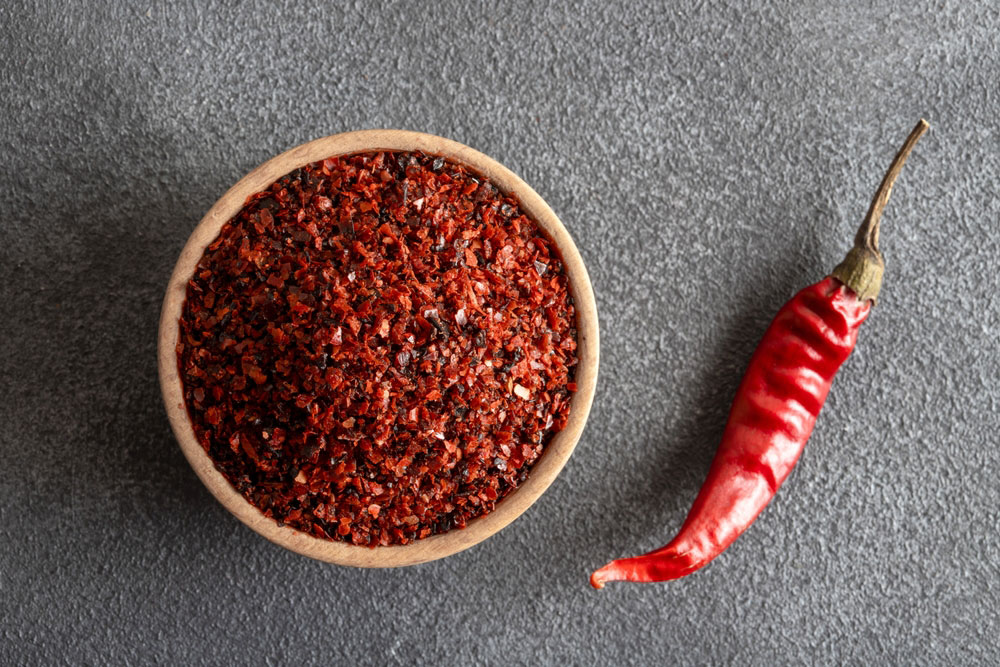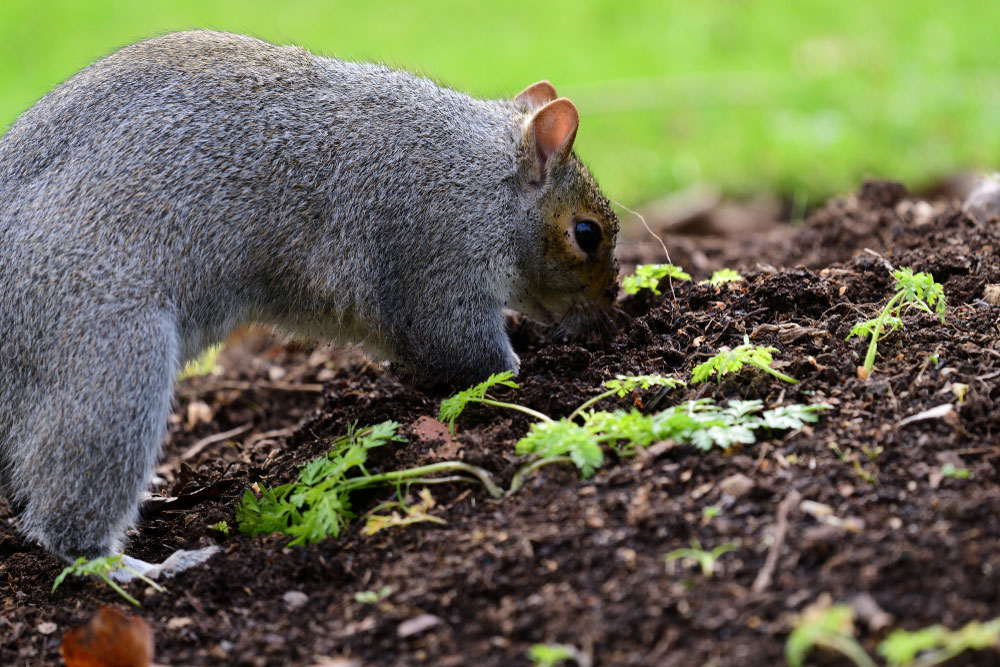Protecting your beautiful garden bulbs from persistent squirrels can feel like an endless battle. These clever creatures seem to have a special talent for finding and digging up newly planted bulbs, leaving gardeners frustrated and flower beds in disarray.
Your garden deserves to bloom in its full glory, and these simple kitchen ingredients can help make that happen. Along with spice barriers, you can add physical deterrents like gravel layers or holly cuttings for extra protection against these determined diggers.
Understanding Squirrel Behavior
Gray squirrels display predictable foraging patterns and food storage behaviors that directly impact your garden bulbs. These clever creatures use their keen sense of smell and excellent memory to locate and dig up tasty treats.
Common Bulb Targets for Squirrels
Your tulip and crocus bulbs face the highest risk of squirrel damage, as these are particularly appetizing to these garden visitors. Fresh bulbs contain nutrients and moisture that squirrels crave.
Daffodils and alliums typically remain safe, as squirrels find them unpalatable due to their natural toxins.
Most vulnerable bulbs:
- Tulips
- Crocuses
- Hyacinths
- Lilies
- Dutch iris
Reasons Behind Digging and Destruction
Squirrels dig up bulbs for two primary purposes: immediate food consumption and winter food storage.
During autumn, squirrels become especially active as they prepare for winter by creating food caches underground. Your newly planted bulbs make perfect additions to their stockpile.
Your garden’s soft, freshly turned soil sends signals to squirrels that food might be buried beneath. They’re naturally programmed to investigate these areas.
The scent of fresh bulbs attracts squirrels, particularly when the soil is moist after planting or rainfall. Their sharp sense of smell can detect bulbs up to 12 inches below ground.
The Magic Kitchen Ingredient
Cayenne pepper’s natural spiciness creates an effective barrier against squirrels, protecting your precious garden bulbs from destruction. This common spice works as a natural deterrent while being safe for your plants.

Why It Works
Cayenne pepper contains capsaicin, the compound that makes it spicy. Squirrels have highly sensitive noses and find this spicy scent extremely unpleasant.
The strong aroma irritates their nasal passages, making them think twice before digging in your garden. They quickly learn to associate your garden with this uncomfortable sensation.
Unlike chemical repellents, cayenne pepper is non-toxic to plants and won’t harm beneficial garden insects or birds.
How to Use It Effectively
Sprinkle a generous layer of cayenne pepper directly on top of the soil after planting your bulbs. Focus on covering the areas where you’ve recently planted or where you notice squirrel activity.
Reapply the cayenne pepper after heavy rain or every 2-3 weeks during active squirrel seasons.
For extra protection, mix cayenne pepper with your bulb-planting soil before putting bulbs in the ground.

Pro tip: Wear gloves when handling cayenne pepper and avoid touching your face or eyes during application.
You can also mix cayenne pepper with petroleum jelly and apply it to the tops of bulbs before planting for longer-lasting protection.
Planting Tips to Deter Squirrels
Strategic planting techniques can make your bulbs less appealing and accessible to hungry squirrels. The right depth, spacing, and companion plants work together to create natural barriers.
Proper Depth and Spacing
Plant your bulbs at least 6-8 inches deep in the soil. This deeper placement makes it harder for squirrels to detect and dig up the bulbs.
Space bulbs closer together in clusters rather than isolated plantings. Dense groupings create a more challenging target for squirrels to locate individual bulbs.
Consider adding a layer of gravel or small stones on top of the soil after planting. This creates an uncomfortable digging surface that discourages persistent squirrels.
Companion Planting Strategies
Surround your precious bulbs with strong-smelling plants that naturally repel squirrels. Mint, alliums, and daffodils make excellent protective companions.
Plant marigolds and garlic around the perimeter of your bulb garden. These aromatic plants mask the scent of tasty bulbs while adding color and interest to your garden design.
Create a border of hyacinths around vulnerable bulb areas. Their strong fragrance helps protect neighboring plants while providing beautiful spring blooms.
Consider incorporating these companion plants in both ground-level gardens and container arrangements for maximum protection.




